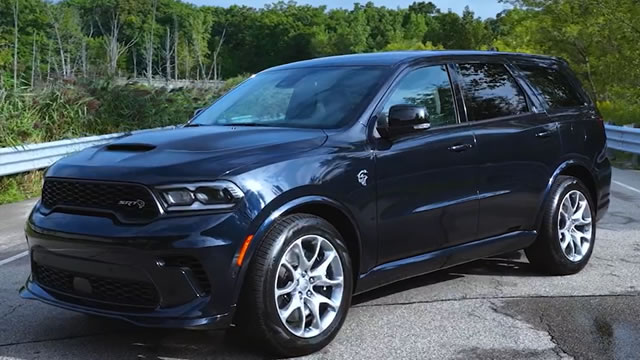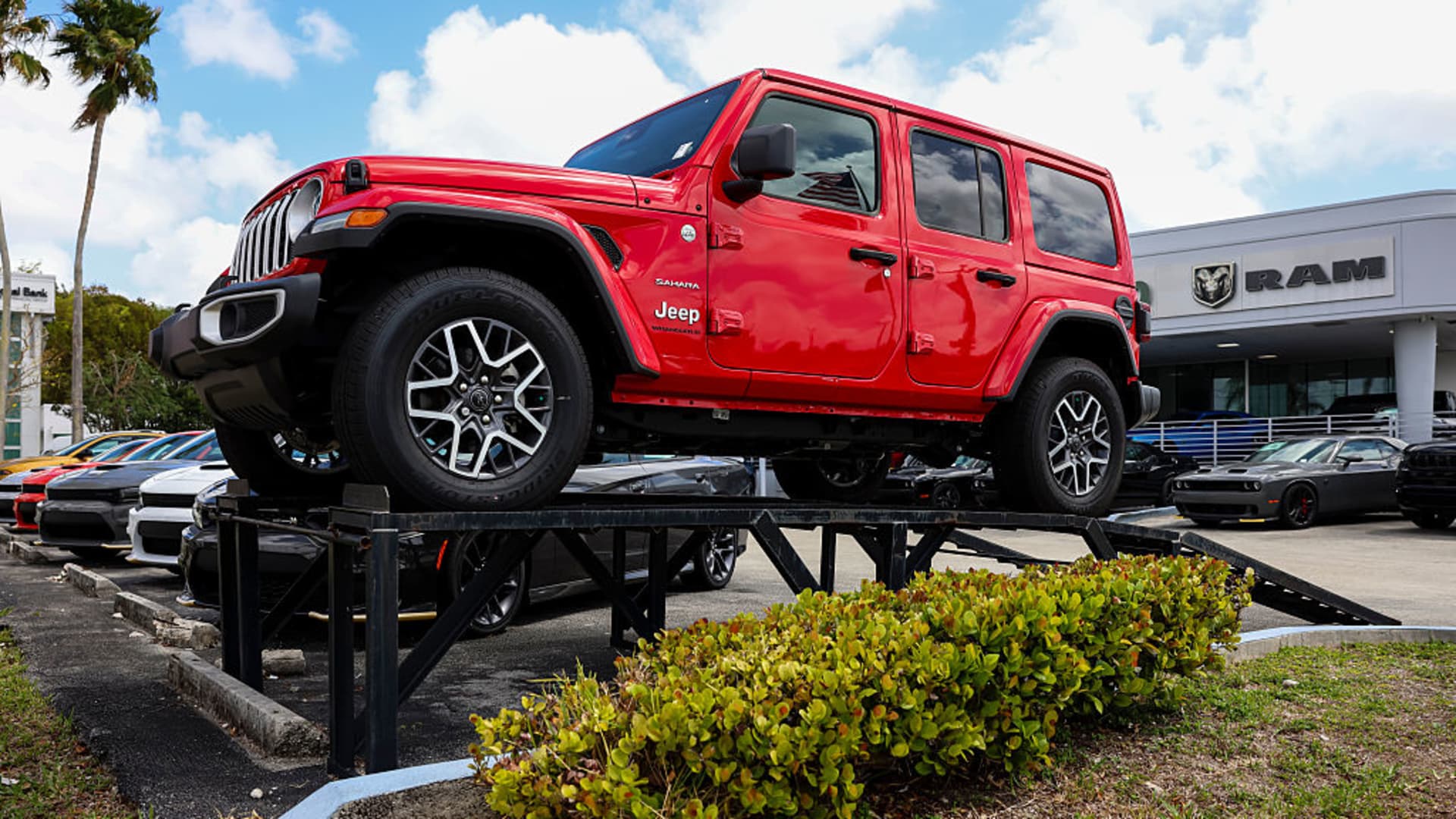
STLA
Stellantis N.V.
$10.32
-0.22
(-2.09%)
| Exchange: | |
| Market Cap: | 29.812B |
| Shares Outstanding: | 285.529M |
About The Company
| Sector: | Consumer Cyclical | |||||
| Industry: | Auto – Manufacturers | |||||
| CEO: | Antonio Filosa | |||||
| Full Time Employees: | 248243 | |||||
| Address: |
|
|||||
| Website: | https://www.stellantis.com |
Stellantis N.V. engages in the design, engineering, manufacturing, distribution, and sale of automobiles and light commercial vehicles, engines, transmission systems, metallurgical products, and production systems worldwide. It provides luxury, premium, and mainstream passenger vehicles; pickup trucks, sport utility vehicles, and commercial vehicles; and parts and services, as well as retail and dealer financing, leasing, and rental services. The company offers its products under the Abarth, Alfa Romeo, Chrysler, Citroën, DS, Dodge, Fiat, Fiat Professional, Jeep, Maserati, Ram, Opel, Lancia, Vauxhall, Peugeot, Teksid, and Comau brand names. It sells its products directly, as well as through distributors and dealers. Stellantis N.V. was founded in 1899 and is headquartered in Hoofddorp, the Netherlands.
Click to read more…
Revenue Segmentation
EPS
Earnings Call
Income Statement
(* All numbers are in thousands)
Balance Sheet
(* All numbers are in thousands)
Cash Flow Statement
(* All numbers are in thousands)
Analyst Estimates
(* All numbers are in thousands)







